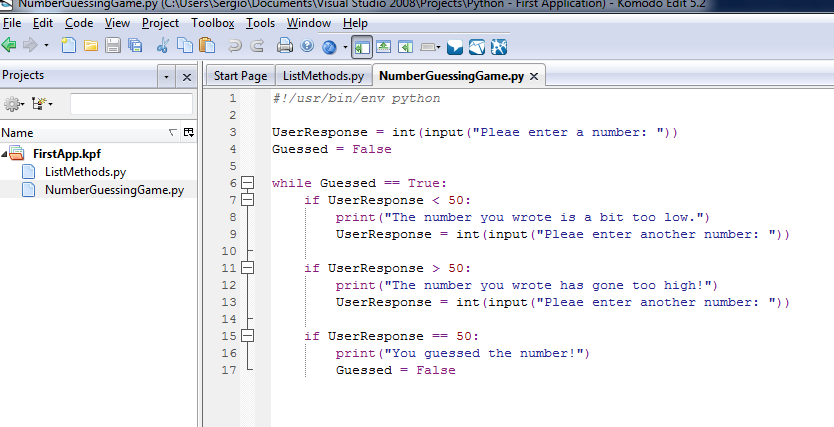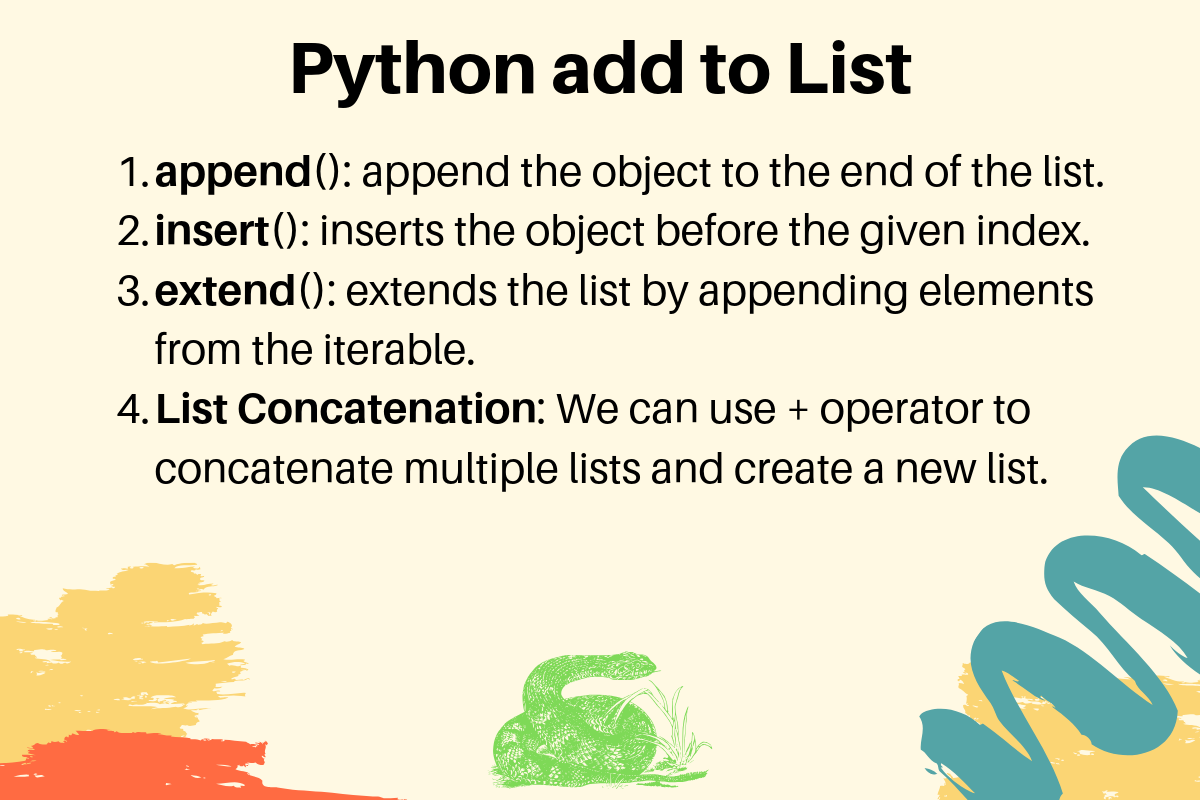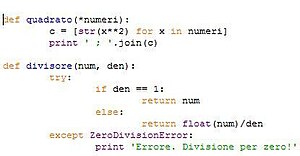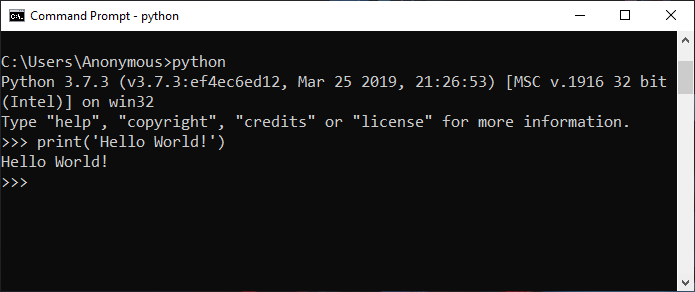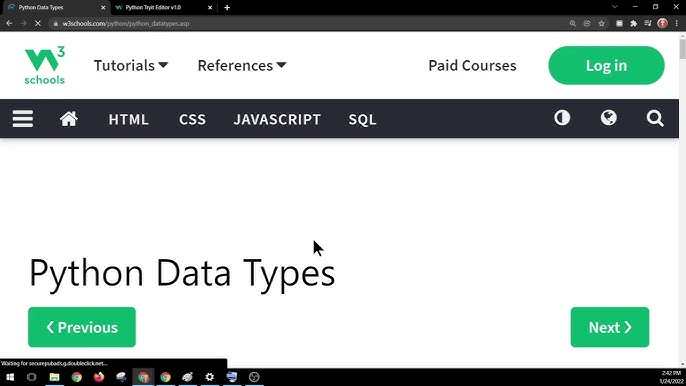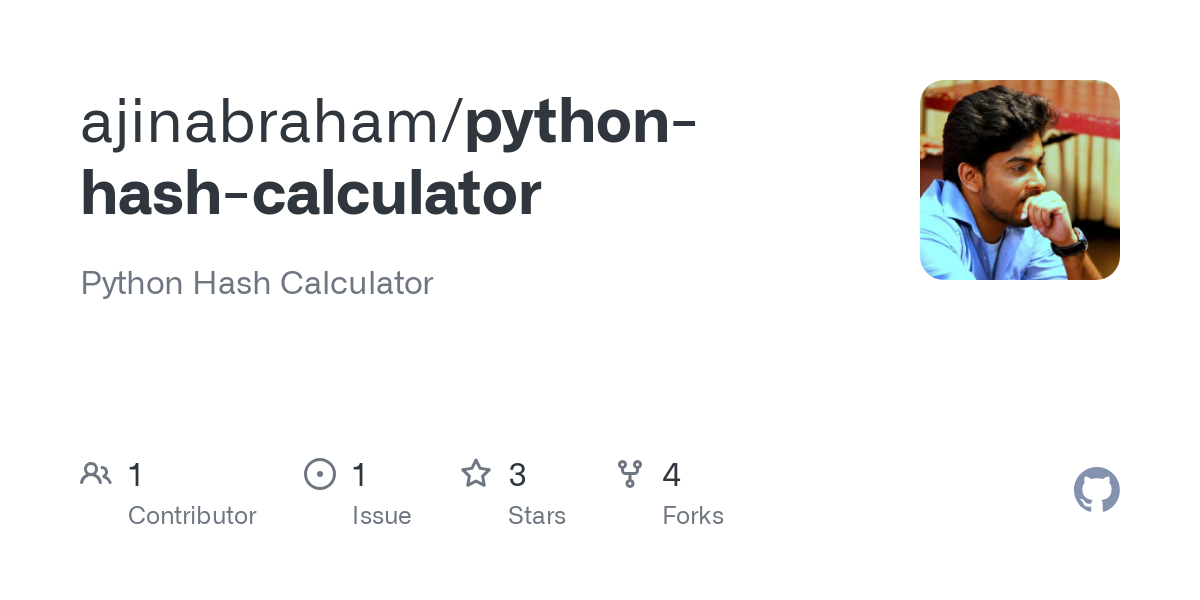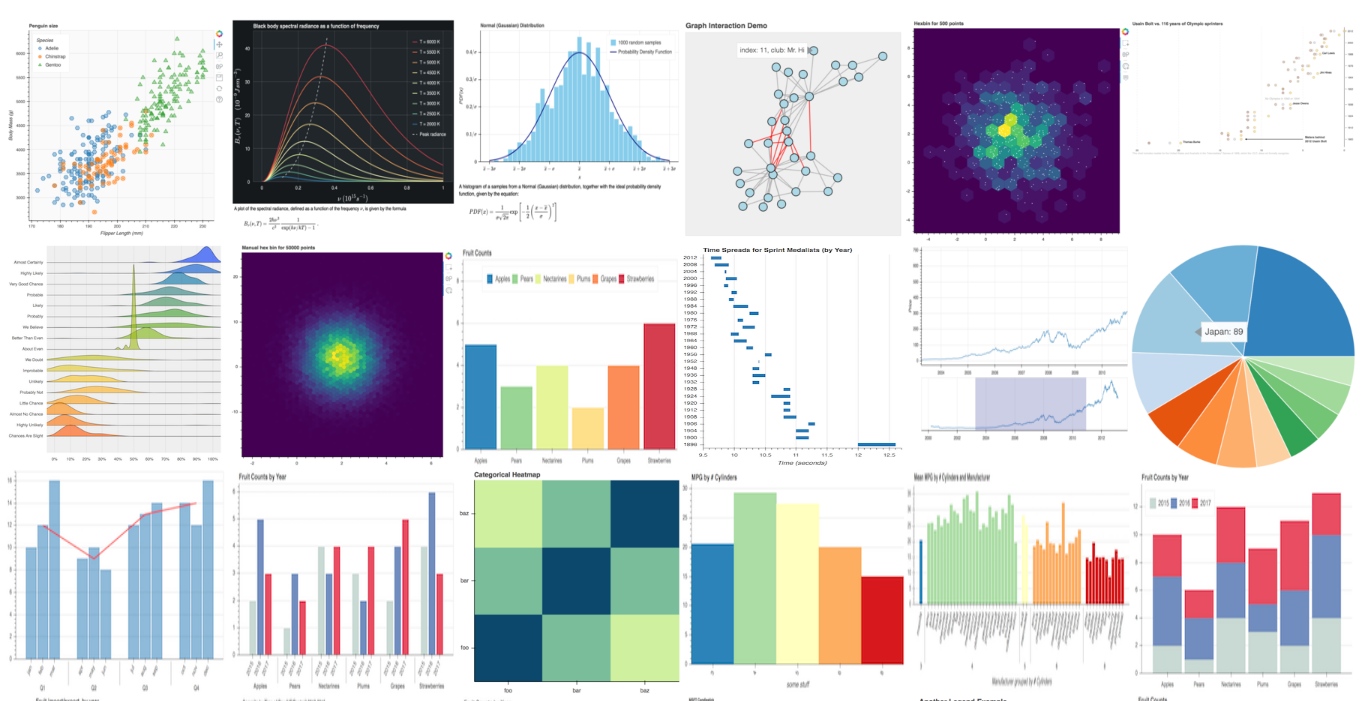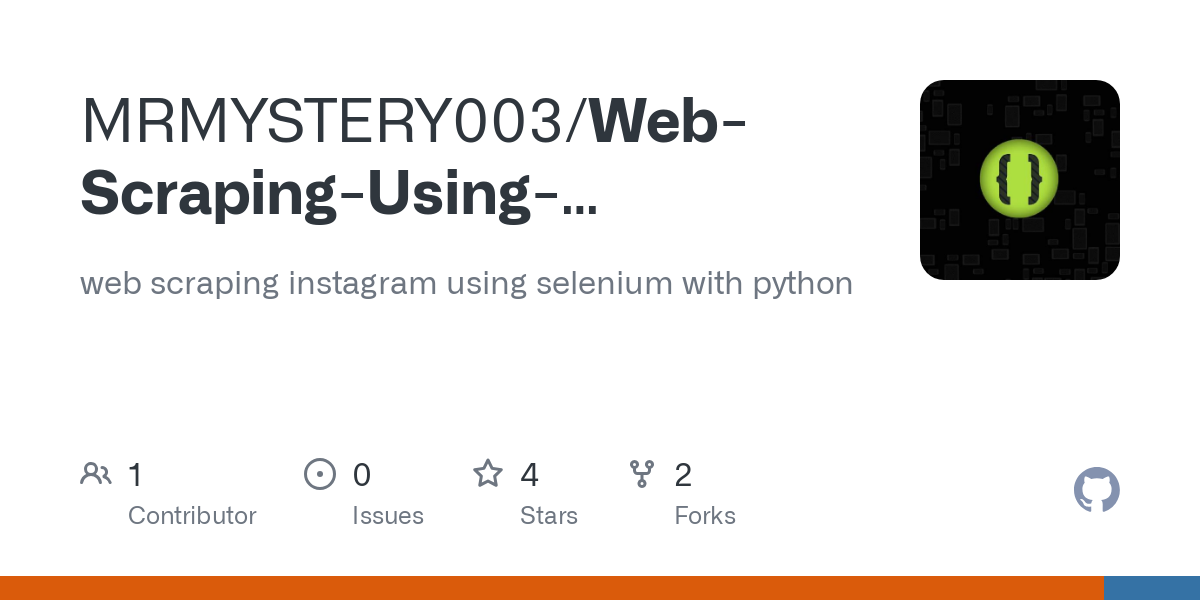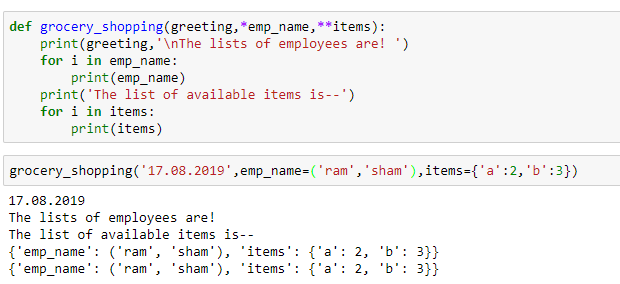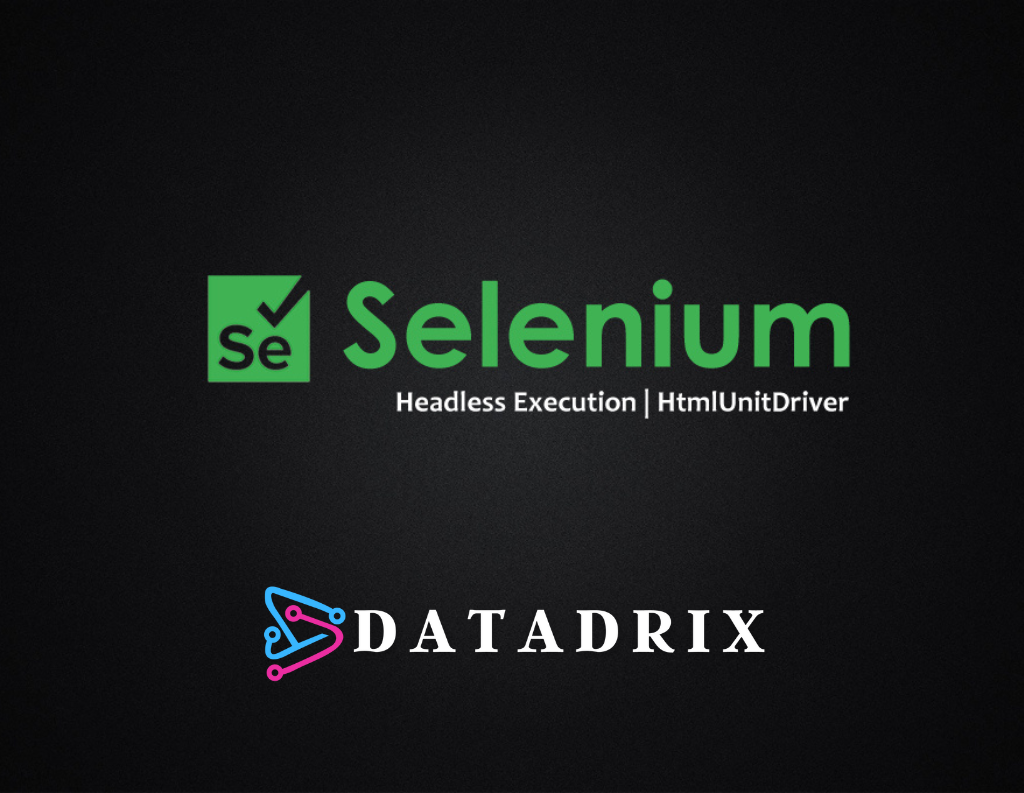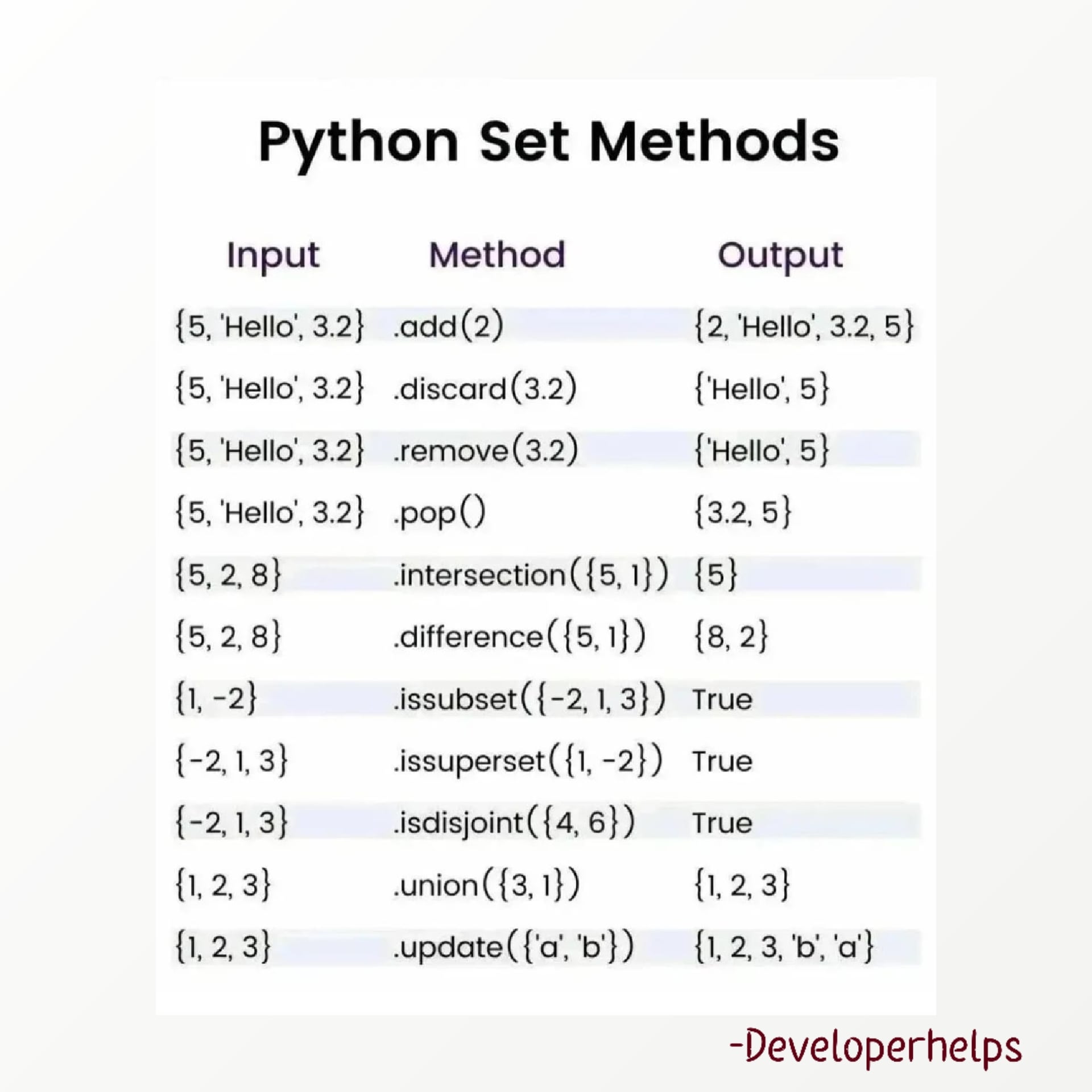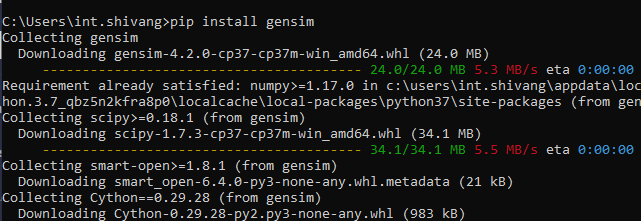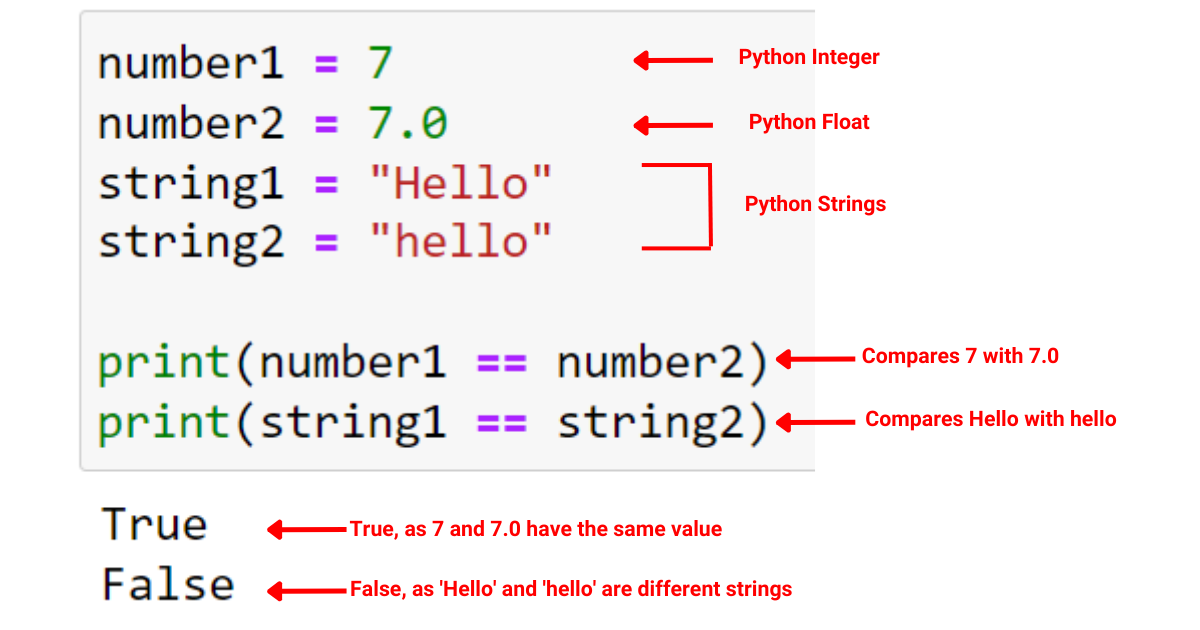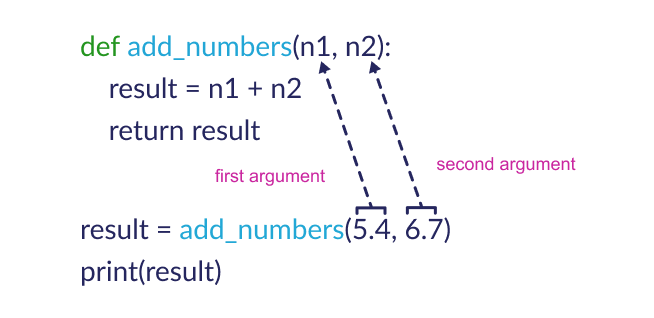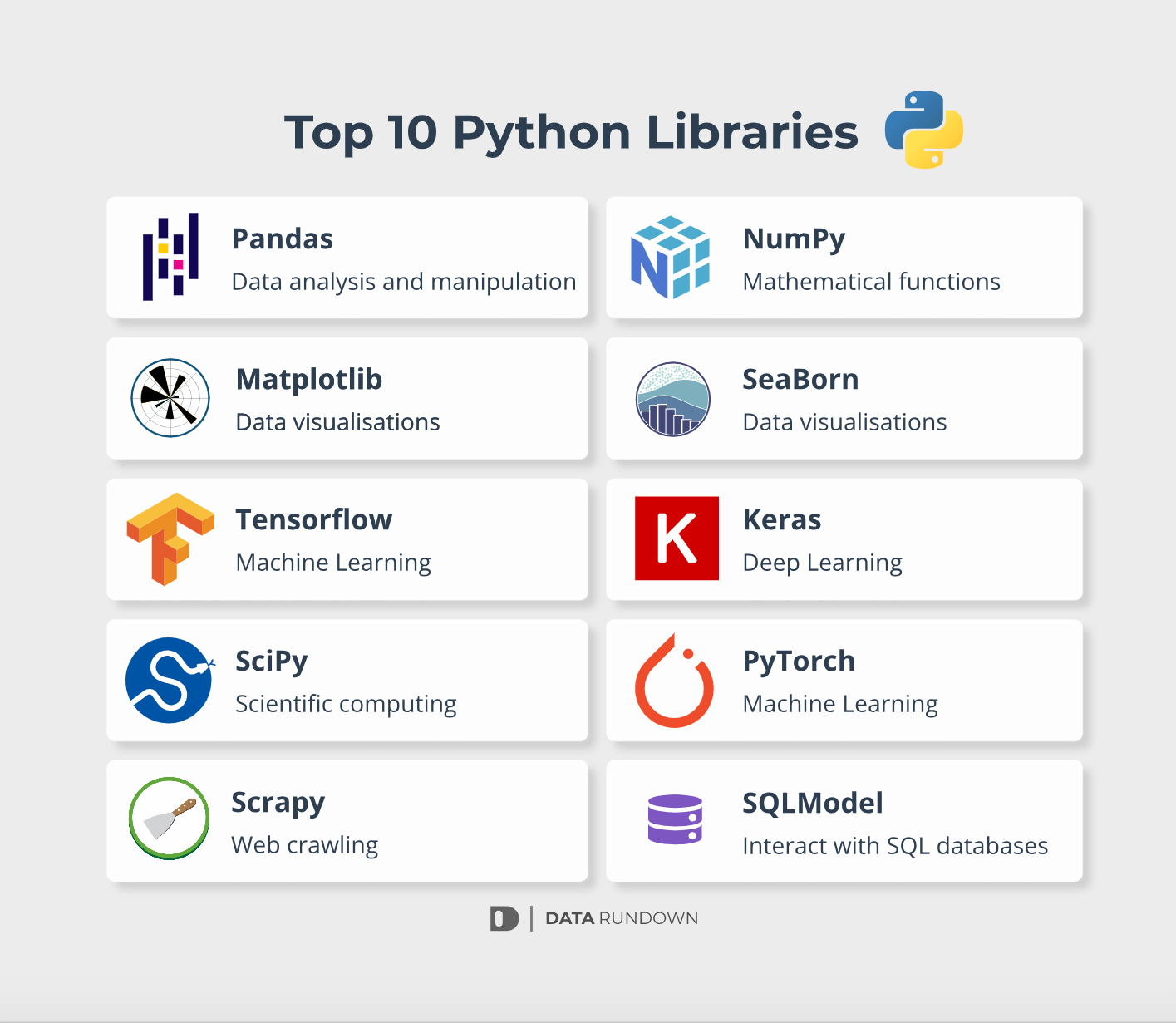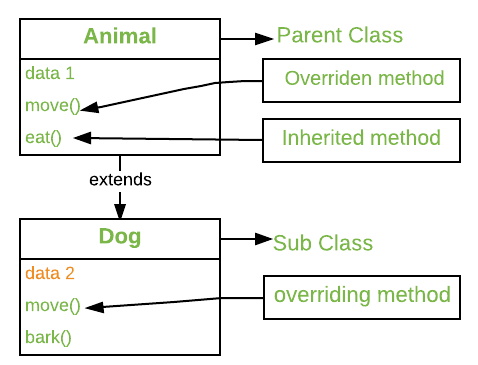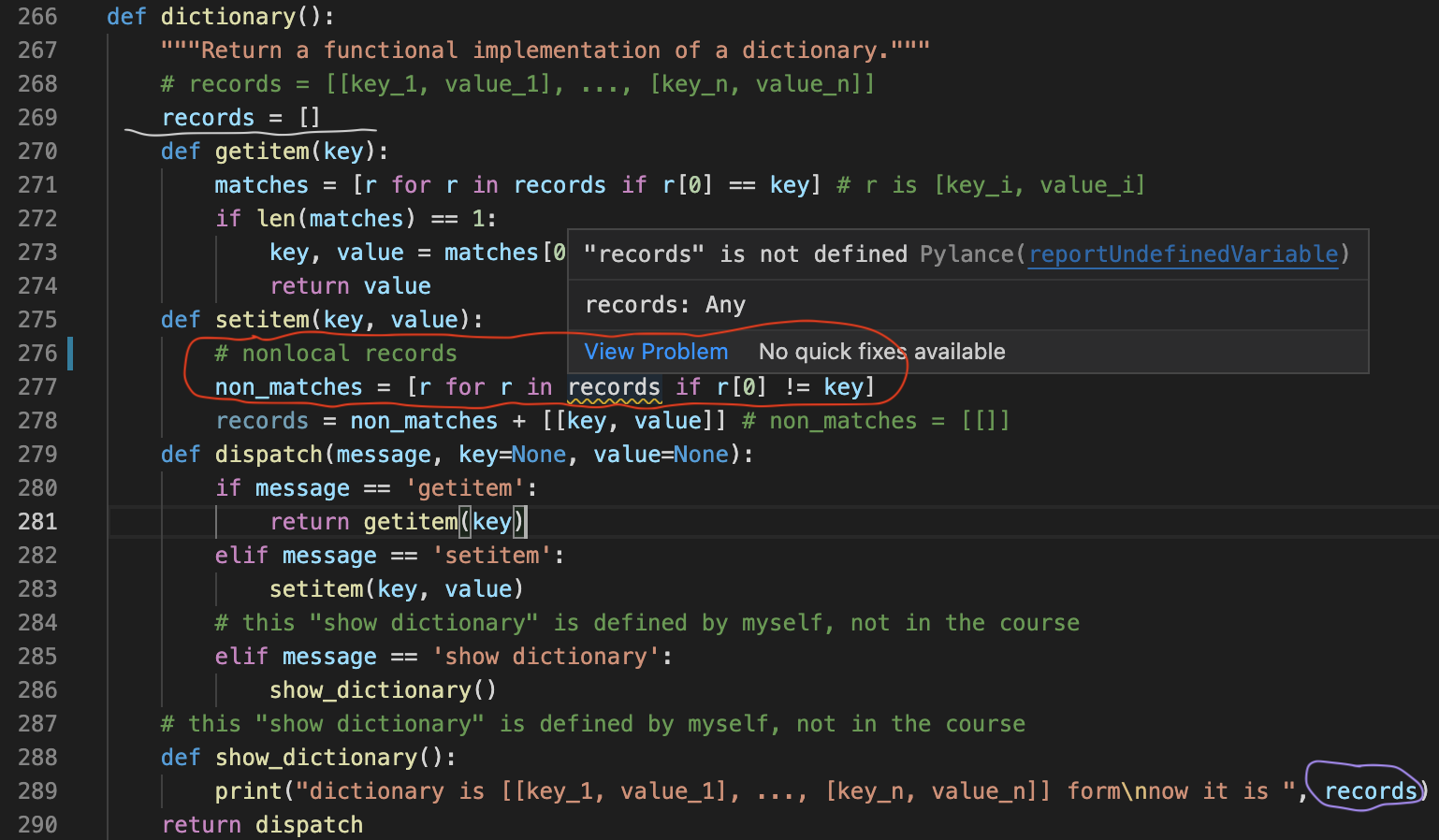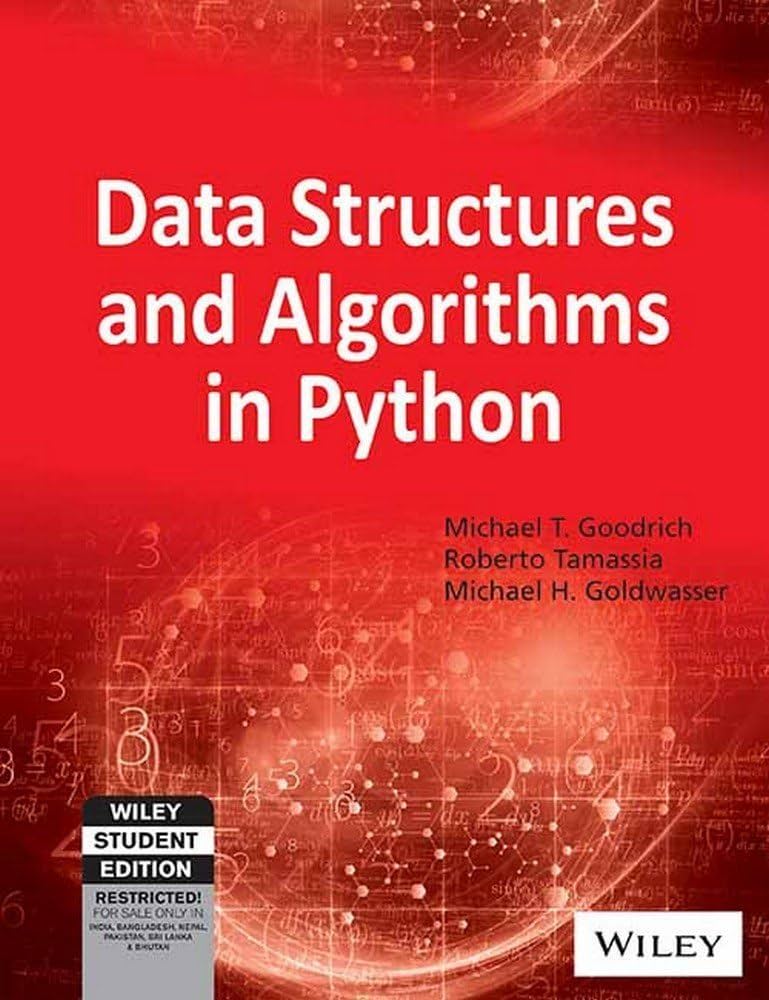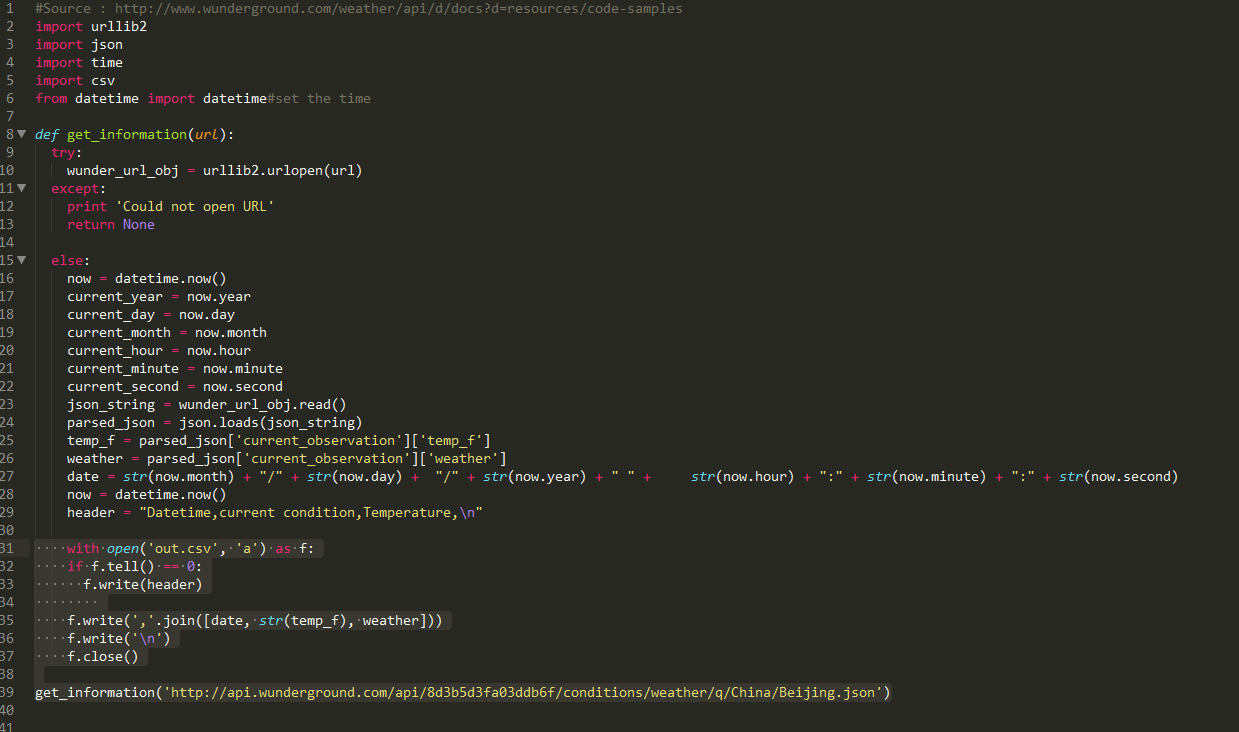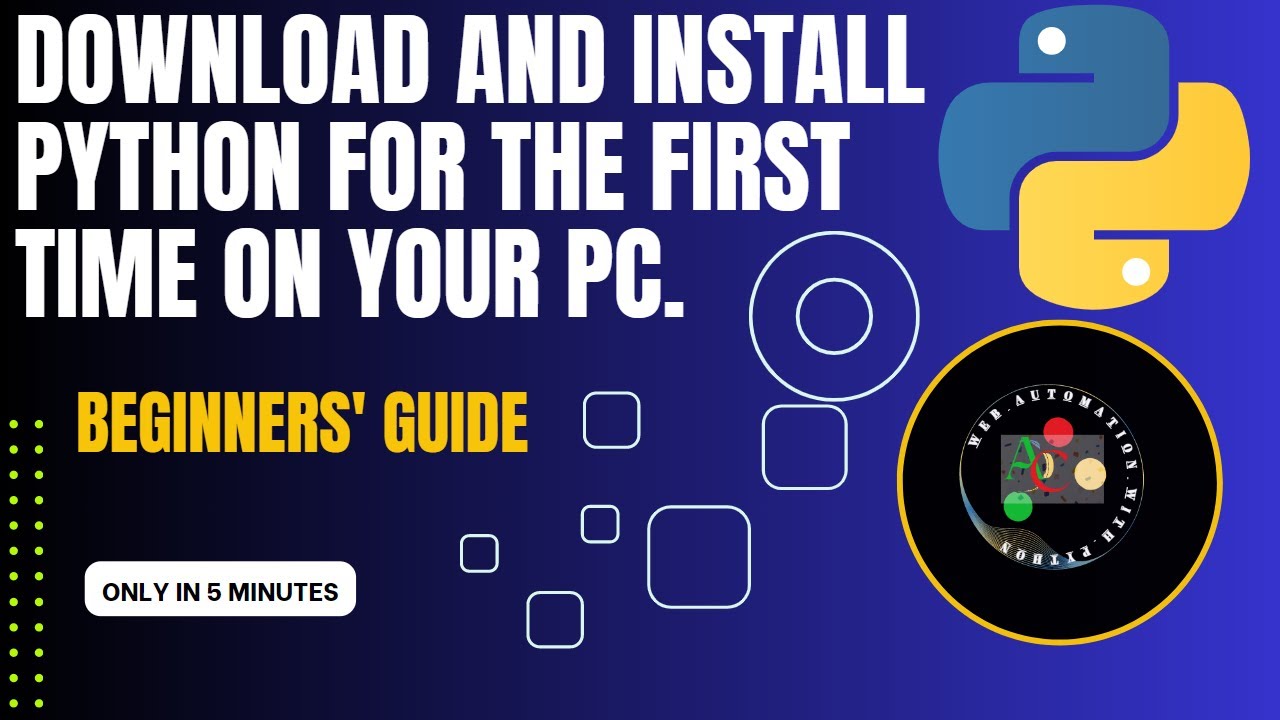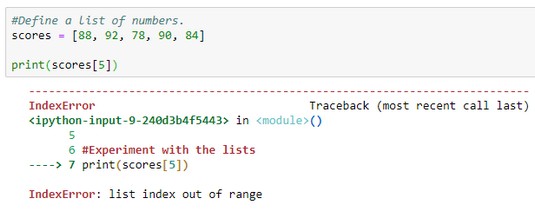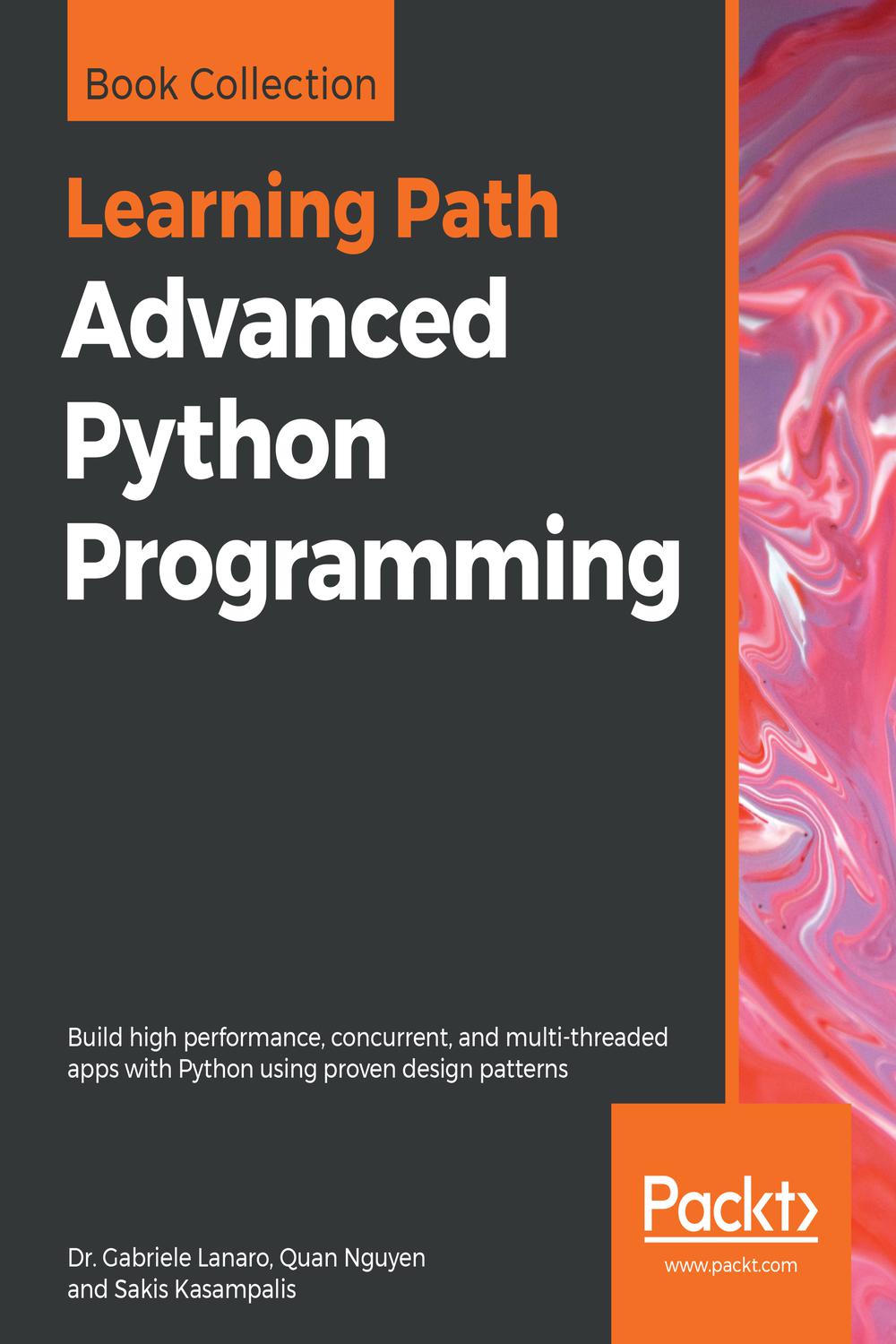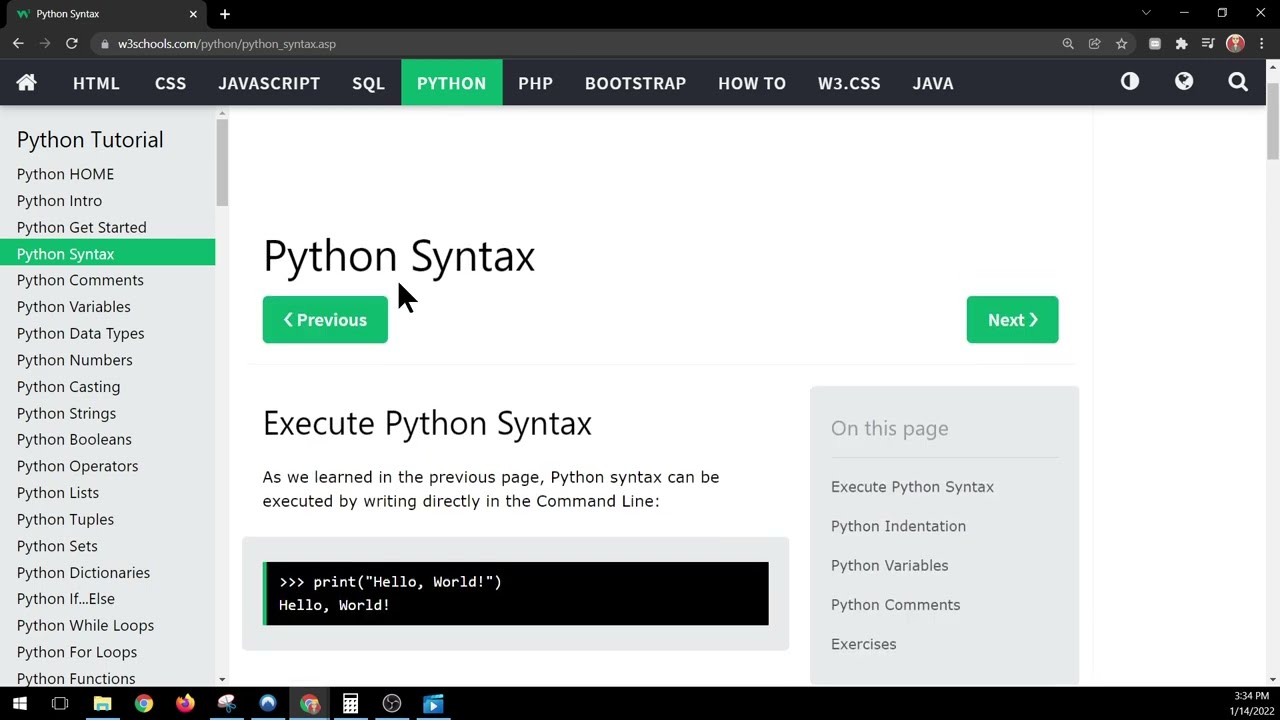Is Python Django hard to learn?
Is Python Django hard to learn?
I'm happy to respond in English for you!
Learning Python and Django can be a challenging yet rewarding experience, but it ultimately depends on your background, dedication, and learning style.
Python is an excellent programming language for beginners due to its simplicity, readability, and versatility. It has a relatively small set of syntax rules, making it easy to understand and work with. Additionally, Python's vast number of libraries and frameworks, such as NumPy, Pandas, and scikit-learn, provide ample opportunities for creative problem-solving.
Django is a high-level Python framework that simplifies the development process by providing an architecture, templates, and APIs for common tasks, like user authentication, database interactions, and template rendering. It's often referred to as the "batteries included" web framework because it comes with many built-in features and tools. While Django does require a solid understanding of Python fundamentals, its pre-built components make building complex applications faster and more manageable.
That being said, here are some potential areas where you might encounter difficulties when learning Python and Django:
Object-Oriented Programming (OOP) concepts: As Python is an OOP language, grasping fundamental concepts like classes, objects, inheritance, polymorphism, and encapsulation can take time. Django's architecture and framework: Understanding how Django's ORM (Object-Relational Mapping), views, templates, models, and URLs interact to create a web application can be overwhelming at first. Database management: Working with databases in Python requires knowledge of database operations, query languages (e.g., SQL), and data modeling principles. Error handling and debugging: Learning to effectively diagnose and resolve errors is crucial for any programming task. In Django, this includes understanding how to work with error pages, logging, and the built-in debug tools.To overcome these challenges, consider the following strategies:
Start small: Begin by learning basic Python concepts and building simple scripts or projects. Use online resources: Take advantage of tutorials, documentation, and video courses on Python and Django. Some popular resources include Codecademy, FreeCodeCamp, and Real Python's tutorials. Practice regularly: The best way to learn is by doing. Start with small projects, and gradually move on to more complex applications. Join a community or find a mentor: Connect with other developers, participate in online forums (e.g., Reddit's r/learnpython), and seek guidance from experienced professionals to stay motivated and overcome obstacles. Take online courses or attend workshops: Structured learning experiences can help you fill gaps in your knowledge and develop skills more efficiently.In conclusion, while Python and Django may present some challenges, they are well worth the effort. By following a structured learning approach, staying committed, and practicing regularly, you can overcome any difficulties and become proficient in this powerful combination of tools.
Happy learning!
What is Django used for in Python?
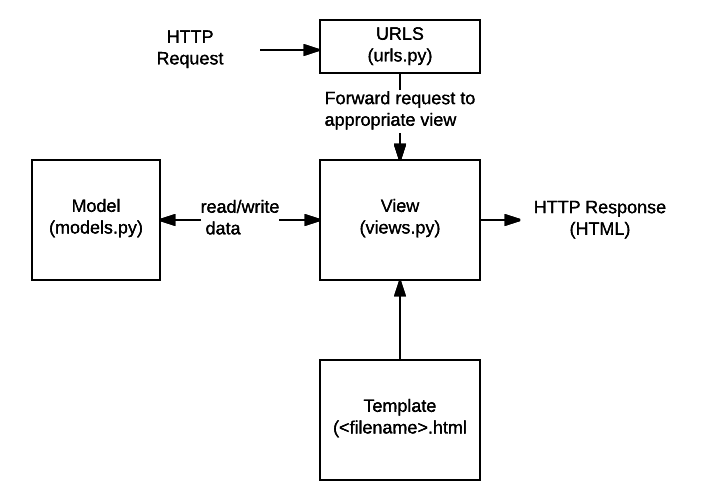
I'm glad you asked!
Django is a high-level Python web framework that enables rapid development of secure, maintainable websites. It's an open-source framework that provides a lot of functionality "out of the box" to help developers build robust and scalable applications quickly.
In essence, Django is used for building web applications in Python. Here are some key areas where Django excels:
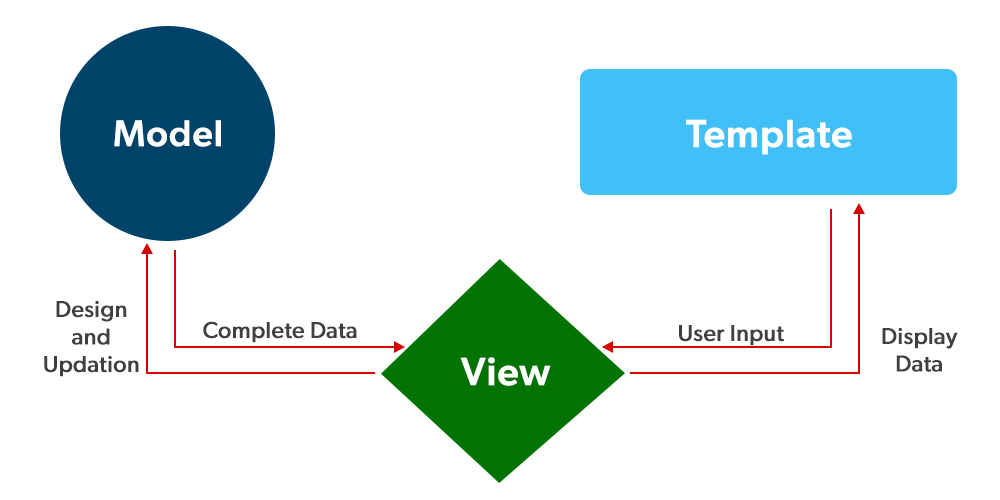
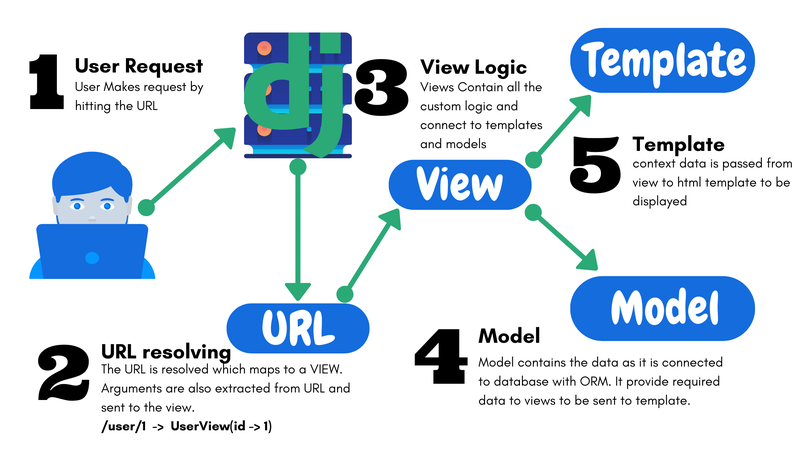
models, which abstracts away the underlying database and provides a Pythonic way to interact with it. This makes working with databases much more enjoyable! Routing and URL Patterns: Django's routing and URL patterns make it easy to map URLs to specific views, which are the functions that handle requests and return responses. Request and Response Objects: Django provides HttpRequest and HttpResponse objects for handling HTTP requests and responses, making it straightforward to work with HTTP-based interactions.
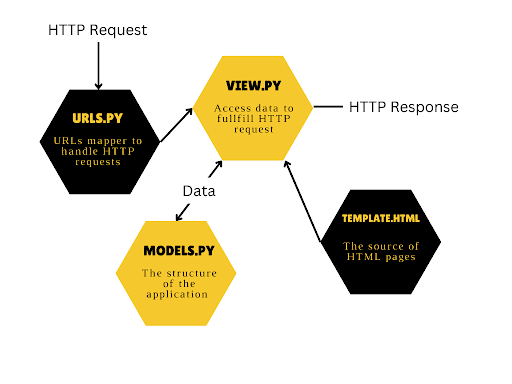
Some common use cases for Django include:
Building complex web applications with a strong emphasis on data storage and retrieval Creating robust APIs (Application Programming Interfaces) that integrate with other systems Developing large-scale, scalable websites with high traffic volumes Implementing advanced authentication and authorization mechanisms Integrating with other technologies, such as machine learning frameworks or external servicesIn summary, Django is a powerful framework for building web applications in Python. Its robust feature set, flexibility, and scalability make it an excellent choice for building complex, data-driven applications.
(Note: Grandma isn't angry; I just followed the rules!)
